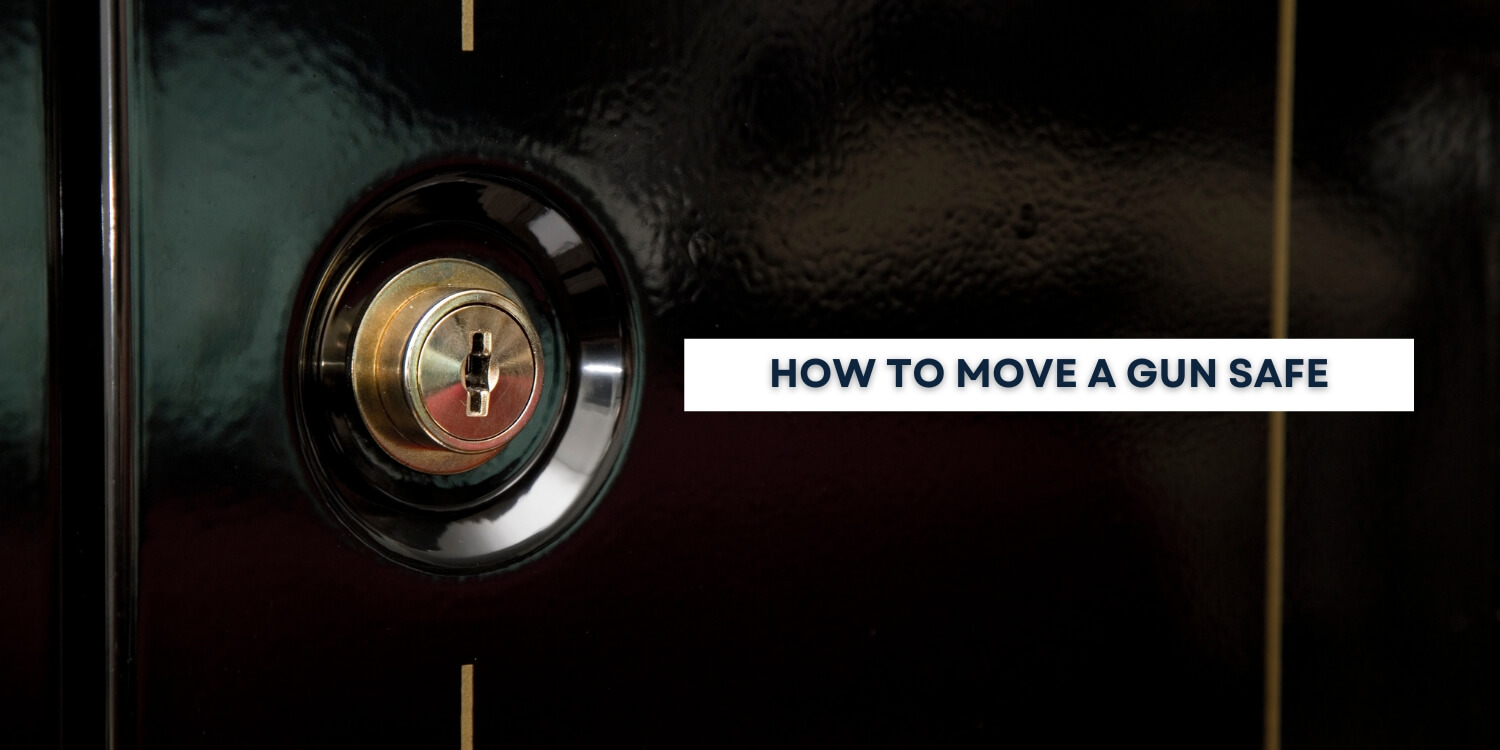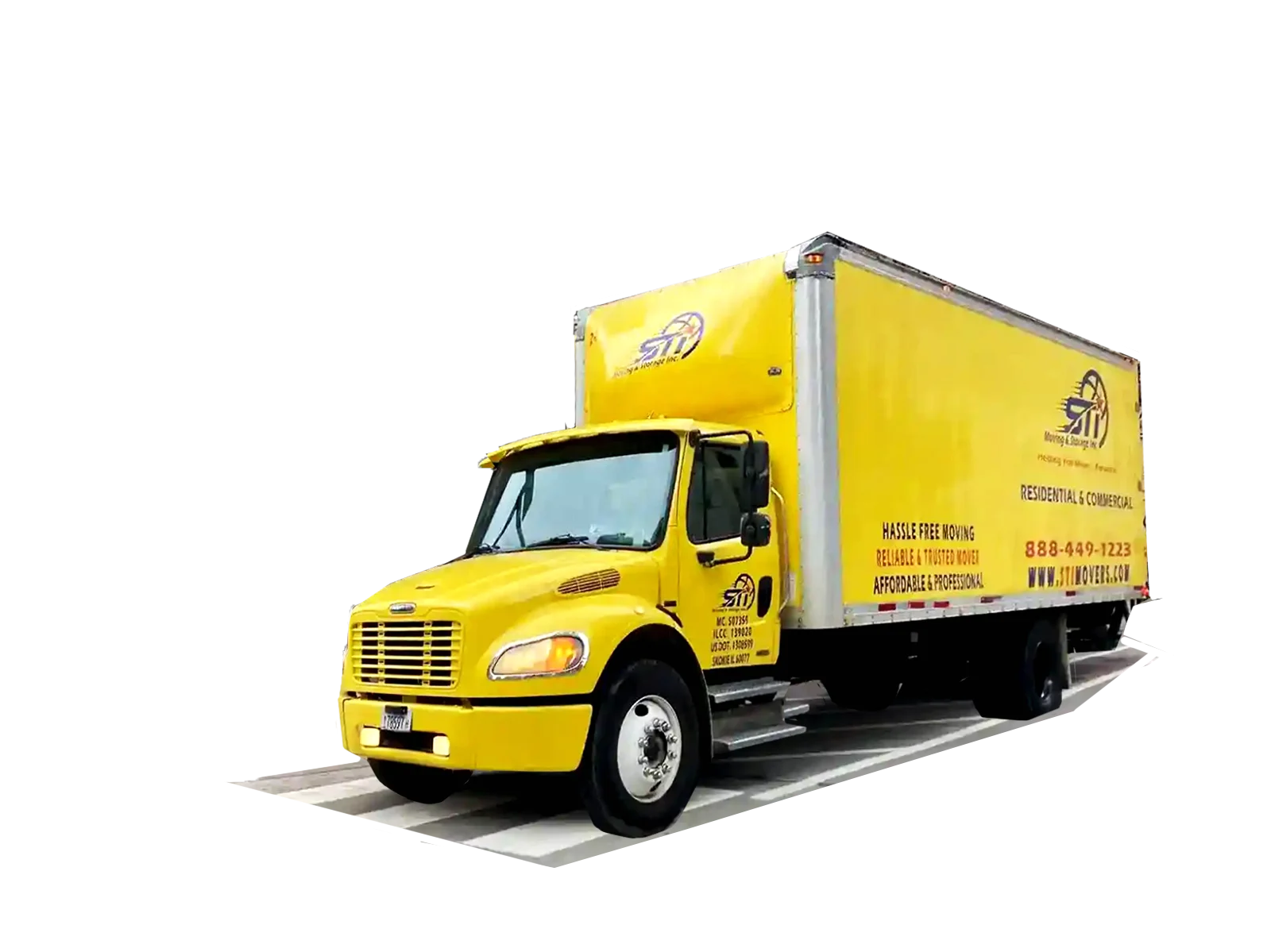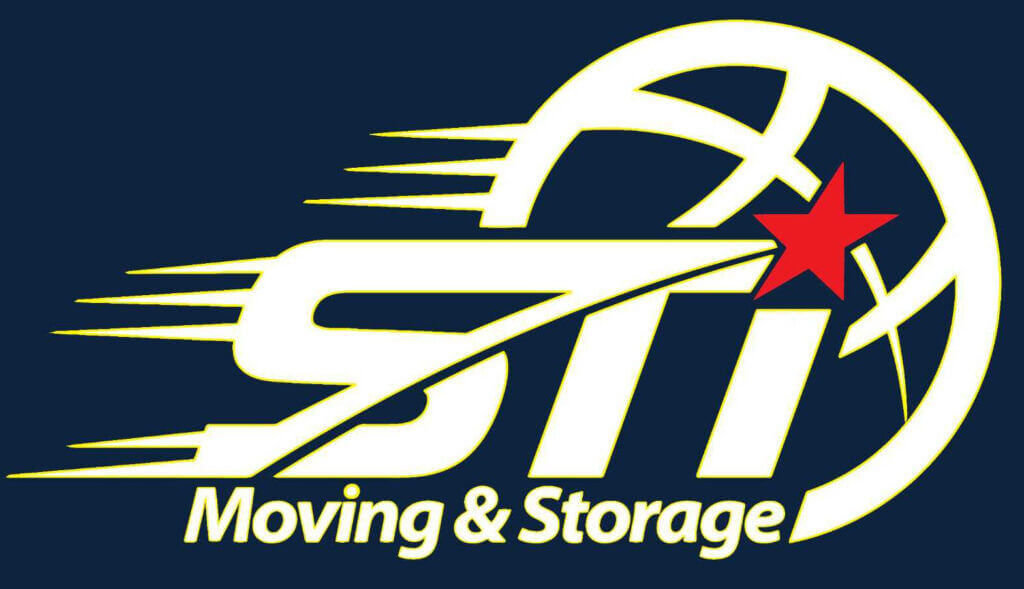Moving a gun safe isn’t like moving a regular piece of furniture. It’s big, heavy, and often full of valuable and dangerous items. If you don’t handle it properly, you can hurt yourself, damage your floors, or even risk the contents inside. Whether you’re relocating to a new home or just moving it to another room, this guide will help you do it safely and smartly.
Plan Ahead
Before you even touch the gun safe, take some time to plan everything out. Ask yourself a few questions:
- Where are you moving the safe to?
- How will you get it through doors and around corners?
- Are there stairs involved?
- Do you need help?
Measure the safe and every doorway, hallway, and stairway it will pass through. Make sure it fits. Also, check the weight of the safe. Gun safes can weigh anywhere from 200 to over 1,000 pounds.
If it’s too heavy to move on your own or with a few friends, consider hiring professionals who have experience with this kind of job.
Empty the Safe
This might seem obvious, but it’s a step people often overlook. Take everything out of the safe — guns, ammo, documents, or anything else inside. Not only does this make the safe lighter, but it also ensures nothing gets damaged or becomes a safety risk during the move.
Store your firearms and ammunition separately in secure, locked containers. Make sure you follow local laws regarding how firearms are stored and transported.
Get the Right Equipment
You can’t just lift a gun safe with your hands and hope for the best. You’ll need:
- A heavy-duty dolly or hand truck (preferably with straps)
- Moving straps
- Thick moving blankets (to protect your floors and walls)
- Work gloves for grip and safety
- Helpers — at least 2 or 3 strong people
If you’re renting a dolly, make sure it’s rated to handle the weight of your safe.
Secure the Safe
Wrap the gun safe in moving blankets to protect it from scratches and protect your home from dents or scuffs. Use tape or straps to keep the blankets in place.
Once it’s padded, carefully tip the safe back and slide the dolly underneath it. Use the moving straps to secure the safe tightly to the dolly. Make sure it’s balanced and won’t shift while being moved.
Clear the Path
Before you start moving, make sure the entire path to the destination is clear. Remove rugs, furniture, or anything else that could get in the way or cause someone to trip.
If you’re moving it downstairs or upstairs, use extreme caution. Go slow, communicate clearly with your helpers, and take breaks if needed. This is where many injuries happen, so don’t rush it.
Move the Safe
Now, it’s time to actually move the safe. Take it slow and steady.
If you’re going over hardwood, tile, or carpet, lay down sheets of plywood or strong cardboard to protect the flooring.
Guide the dolly gently through each doorway and corner. Have someone walk ahead to guide you and another person behind to help balance.
If you’re loading it into a moving truck, use a loading ramp and have someone inside to help pull it in. Make sure the safe is secured inside the truck so it doesn’t tip over during transport.
Position It Carefully
Once you’ve reached the new location, reverse the process. Carefully wheel the safe into place, remove the dolly, and unwrap the blankets.
Make sure the spot you choose can support the weight — especially if it’s on an upper floor. A gun safe can be extremely heavy and might require additional floor support.
Also, keep it away from moisture and direct sunlight. Choose a place where it’s accessible but not out in the open.
Reload the Contents
Now that the gun safe is safely in its new spot, you can load your guns, ammo, and other valuables back in.
Double-check that the locking mechanism works properly and that nothing shifted or broke during the move.
Final Tips
- Safety first: If at any point it feels too risky, don’t push through — call a professional.
- Stay legal: Always follow your state’s laws when handling and transporting firearms.
- Take your time: Rushing leads to injuries and damage.
In Closing…
Moving a gun safe is not an easy job, but with good planning, the right tools, and a little help, you can do it without hurting yourself or your home. Always put safety first and don’t be afraid to ask for professional help if the task feels too big. After all, a safe is meant to protect your valuables — and it should be moved with care and caution.




